Beechworth, Victoria
Articles about Victoria and recent history to senior couples and solo travellers exploring Australia on a small group tour. This article features Beechworth a historic gold rush town in regional Victoria.
6 Apr 21 · 8 mins read

Beechworth
By Marco Stojanovik
Historic Beechworth, situated in north east Victoria between Wangaratta and Wodonga, is one of Australia’s best-preserved towns from the gold rush era. Having avoided modernisation of much of its built environment, it is home to 32 elegant National Trust-listed buildings, most of which were constructed in the 1860s. They sit along beautiful wide tree-lined streetscapes, by graceful 19th century houses and attractive parks and gardens, in a picturesque setting in the foothills of the Australian Alps. Visitors can soak up the dignified air of this charming town as they explore the town’s fascinating, opulent history as a once thriving regional centre.
Odyssey Traveller conducts a tour of Beechworth as part of our 16-day small group tour of Victoria for senior travellers. We explore the town’s historic precinct, comprising of the town’s old Court House, Telegraph Station, Town Hall, a museum, and goal which at one time housed the infamous bushranger Ned Kelly. We also take an afternoon walk along one of Beechworth’s scenic hiking trails. This article explores the gold rush history and historic public buildings of Beechworth to assist your tour.
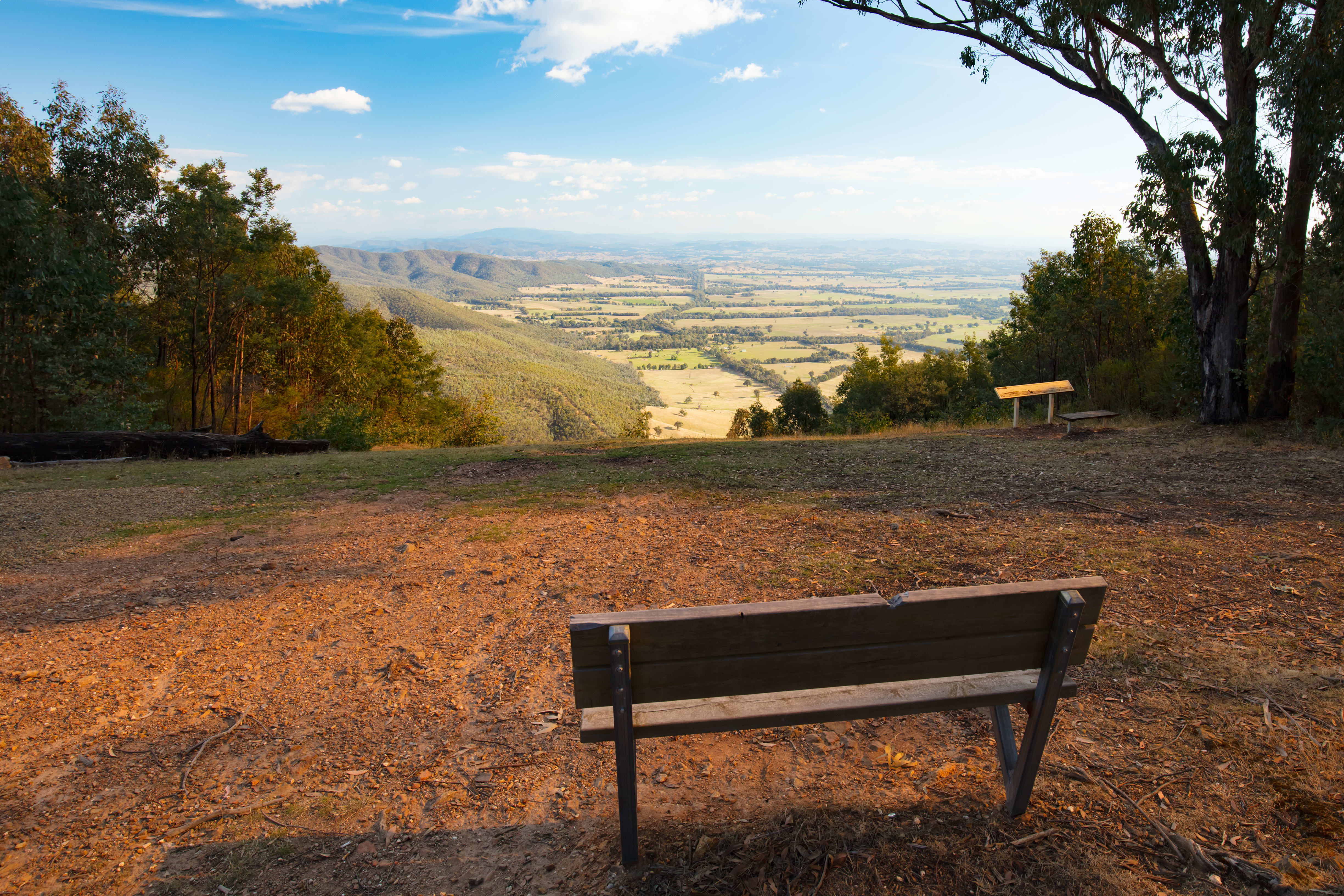
The Gold Rush in Beechworth
The area around Beechworth was originally used for grazing by the settler David Reid, who first explored the area in 1839 and named it May Day Hills. He built a woolshed which led to the naming of Woolshed Creek and later the Woolshed Goldfield.
It was one of Reid’s former shepherds, a man named James Meldrum, who in February 1852 first discovered gold at Spring Creek, sparking the Beechworth Gold Rush. By the end of the year, over 8,000 hopeful prospectors had descended on the region’s alluvial gold fields in search of their fortunes. And many struck it rich, with over 18,000 ounces of gold leaving for Melbourne each fortnight.
A calico-and-canvas settlement quickly formed; and by June 1853, the Government Surveyor Henry Wilson Hutchinson Smythe had arrived in the area to measure out streets. On July 1, 1853, the township of Beechworth was proclaimed, named after Smythe’s hometown in Leicestershire, England. Mining families and businesses soon arrived to support the growing community, bringing rapid social and economic change and transforming the remote and rugged area into a thriving regional centre.
Surrounding areas and mining camps were soon established as gold was discovered along the water at sites such as Spring Creek, Reedy Creek, Silver Creek, the Nine Mile Creek and the Woolshed. At the peak of the gold rush, Beechworth town had over 3,100 residents, while the population of the greater Ovens District rose to around 22,000.
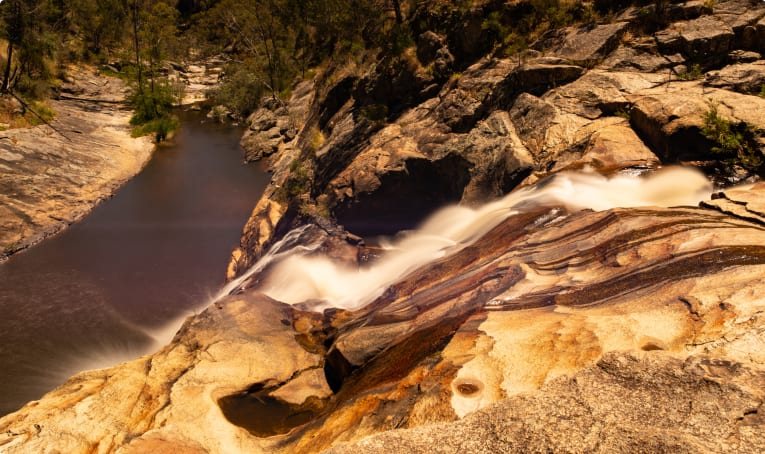
Miners came from around the world to dig and sluice for gold, from the United States, United Kingdom and Asia. Chinese miners began to arrive en masse on the Victorian diggings in 1853. By the early 1860s they were predominant in the Ovens District, with an estimated 7,000 on the local fields, the largest Chinese population in the country outside of Melbourne.
Like many diggers on the early goldfields, a large population of these Chinese died of various ailments resulting from working in the wet of the creek, shaft or drive, grouped under the title ‘fever’. They were therefore amongst the most generous donors for the building of the old Ovens District Hospital in Church Street in 1856-7. Beechworth’s finest example of stone masonry is the noble granite portico and façade of the old hospital, retained when the rest of the building was demolished and restored in 1967
Beechworth Cemetery, which opened in 1857, today has a large, preserved section of early Chinese miners and pioneers, with hundreds of small headstones each inscribed with Chinese characters. In front are the twin ceremonial burning towers, devices to transmit offerings to the dead.
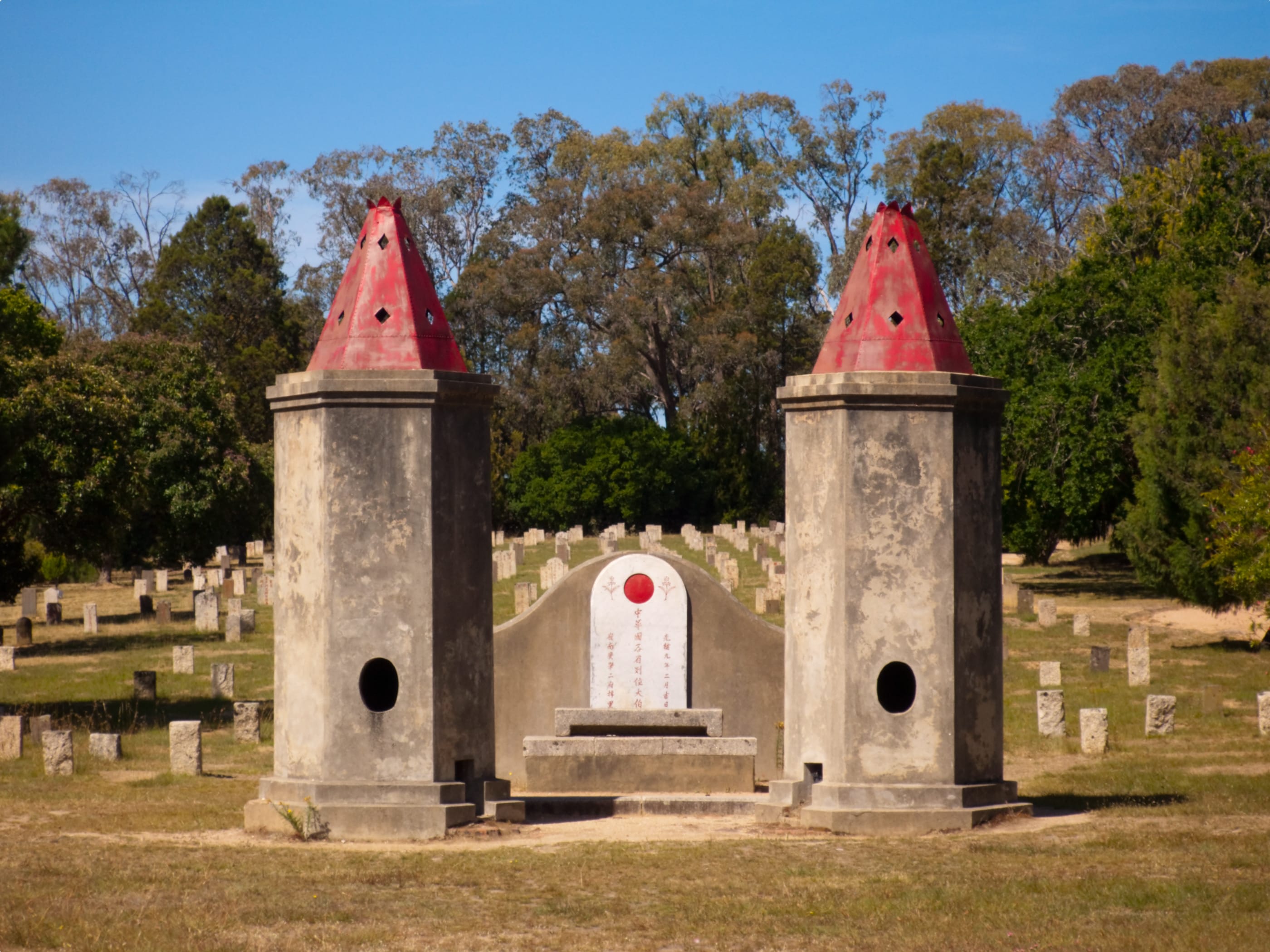
Historic Beechworth Public Buildings
Timber structures soon replaced the woven shelters of the firstcomers. By 1856, the year that Beechworth was claimed as a Municipal District, the town consisted of a number of shingle-topped weather board buildings including a post office, bookstore, police camp, police store, Warden’s House and gaol.
A number of nationally significant buildings soon followed, built using the wealth from the gold rush. By 1857 numerous churches, banks, schools, shops, and hotels, as well as the Ovens District Hospital had all been erected. Beechworth quickly became the administrative centre of Victoria’s northeast, and in the period 1857-60 the weatherboard government offices were replaced by a tough complex of public buildings, constructed of local honey-textured granite.
This included a magnificent group of five buildings grouped together along Ford Street in a line of classic architectural simplicity carried through by the rhythmic sweep of gently pitched verandas. These include the Electric Telegraph Station, today functioning as the District Survey Office; the Court House; the Sub-Treasury and Gold Office, which is today’s Police Station; and two Police Buildings, now the Forestry Offices.
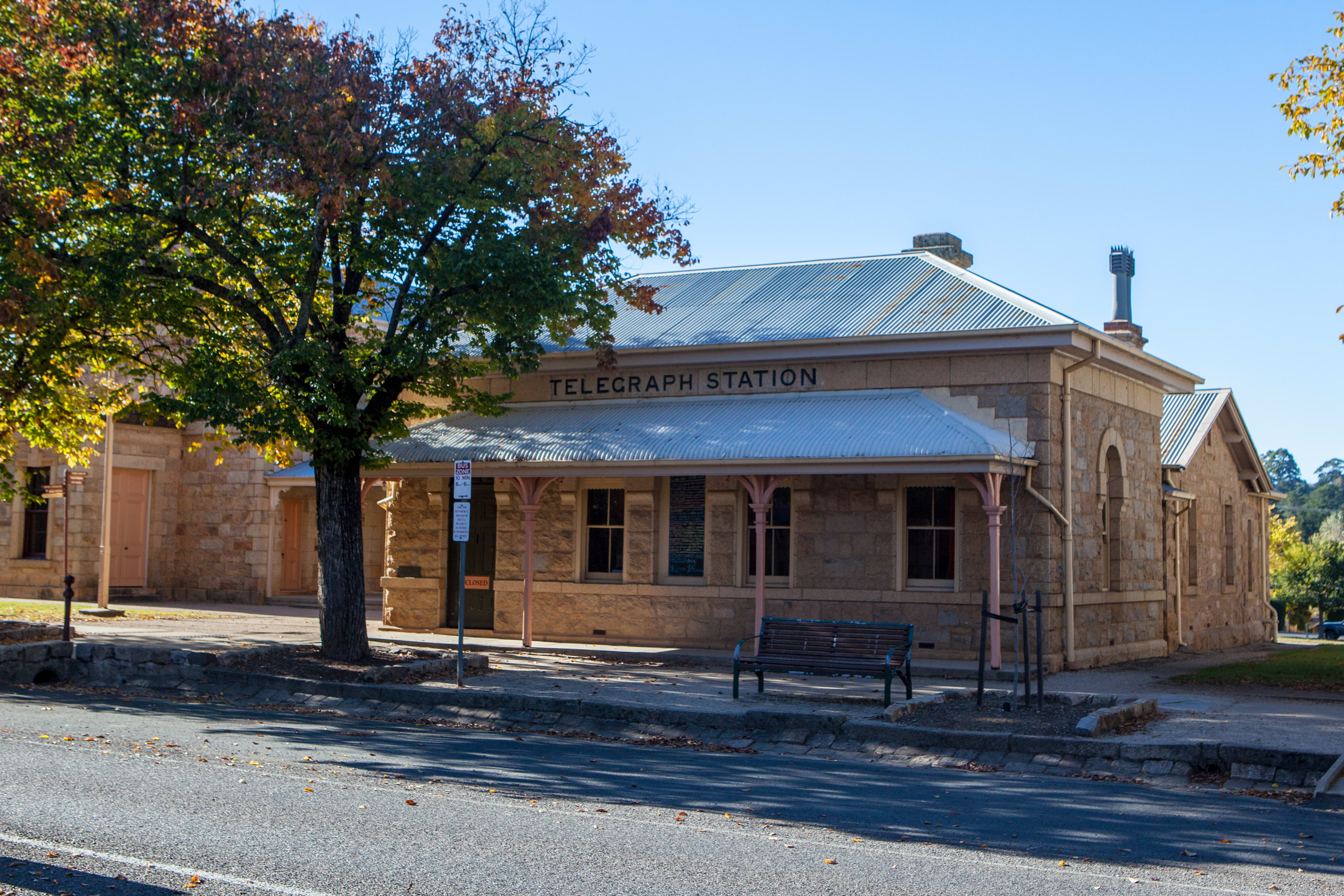
Across William Street from the Police Station, the government constructed a massive new goal in 1859-60, made from granite. It was part of a major period of goal construction in Victoria between 1857 and 1864, each conforming to a new English concept in pressing design called the panopticon, where radiating wing cells could be kept under observation from a central hub. The goal was enclosed by high perimeter walls with observation towers and stone gateways flanked by staff living quarters.
Beechworth Goal is also significant for its associations with the famous bushranger Ned Kelly. He served six months here in 1870-71 for assault and was held here during his committal trial for murder in 1880. Twenty-one suspected Kelly sympathisers were also held here without trial or evidence for over three months in 1879 in an attempt to limit the support for the Kelly Gang.

The Beechworth Athenaeum library was built in 1857 on Lock Street. The Beechworth council bought the building in 1860 and decided to add a museum, which was named in the honour of Robert O’Hara Burke – former Beechworth Superintendent of Police – when he perished a year later at Cooper’s Creek in the fatal Burke and Wills expedition. Today one of the finest local history museums in Australia, the collection includes objects from the famous expedition, as well as more than 30,000 other individual items exploring the history of Beechworth.
The Town Hall, located in Ford Street and now home to the local Visitor Information Centre, was built in 1859. It was designed by architects J.J. Coe and Thomas Dalziel and built in granite by local contractors Donald and William Fiddes. In 1889m the original front to the building was replaced by a new two-store section. The hall consists of five bays intersected by pilasters and is designed in a classical idiom.
Located in Skidmore Avenue, the Beechworth Power Magazine was constructed in 1859-60, also of granite. This is a small, buttressed room built for storing gunpowder and other explosives used in blasting for gold. It was erected on a ridge across the deep and rugged gorge which formed a western boundary for the town. The unique design of the building ensured that any explosion would be minimised by the building’s structure: its double-arched foundations and arched inner roof are so that an explosion would be directed upwards.
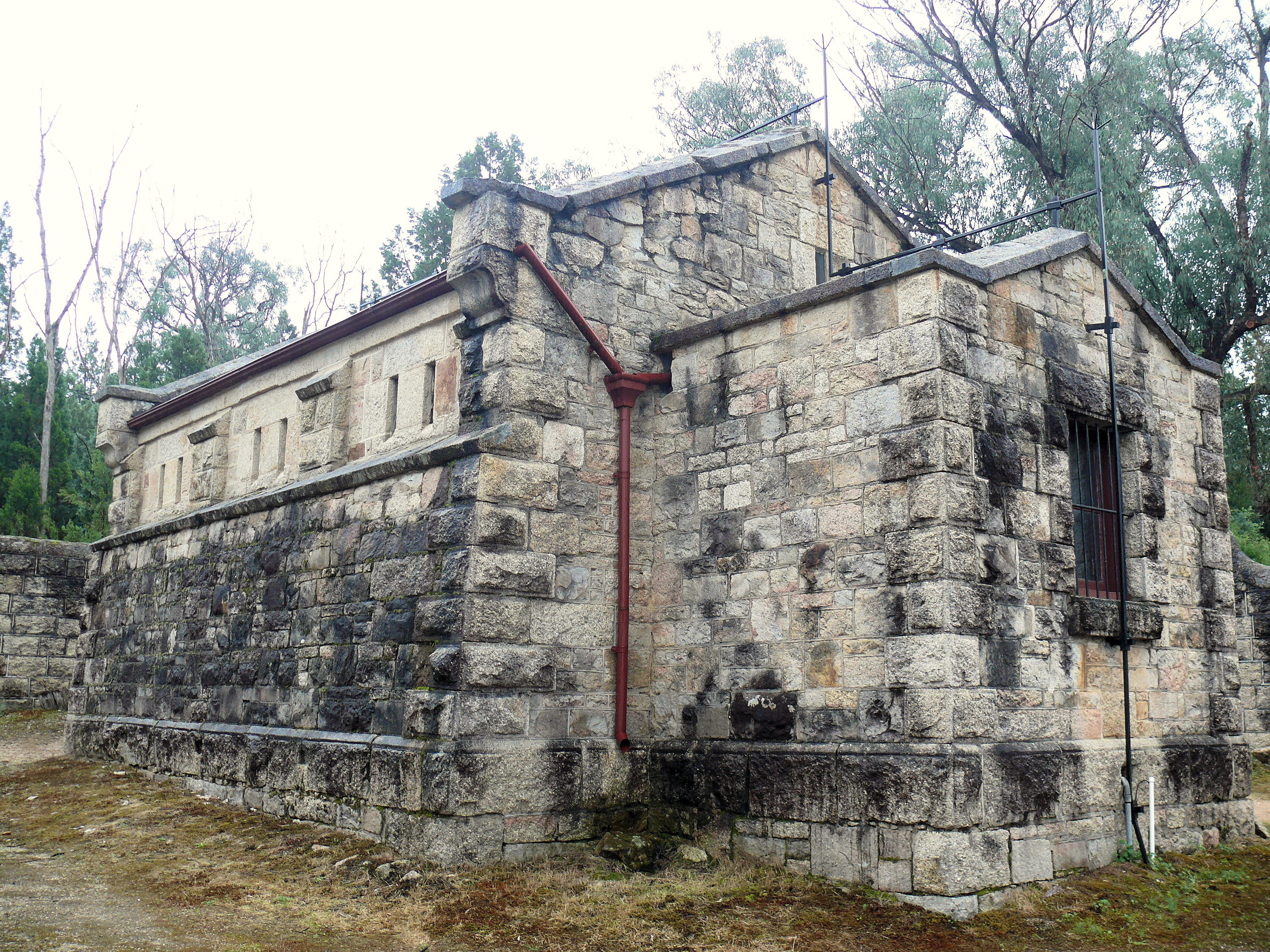
On Albert Road is the now decommissioned Beechworth Lunatic Asylum (Mayday Hills). Built in 1867 it served as one of the largest psychiatric hospitals in Victoria for 128 years and is now a National Trust building. At its peak the extensive complex had 67 buildings built of brick in the Italianate-style and was home to over 1200 patients and 500 staff.
Dominating the town’s main intersection at Ford and Camp Streets is the Post Office. It was built in 1870 to replace the old one destroyed in a terrible fire of 1867, which devastated most of the block of Camp Street. The two storey Italianate brick structure incorporates a stone portico on the ground floor, as well as a square clock tower. On the street is an unusual iron drinking fountain with spouts in the shape of a lion’s head.
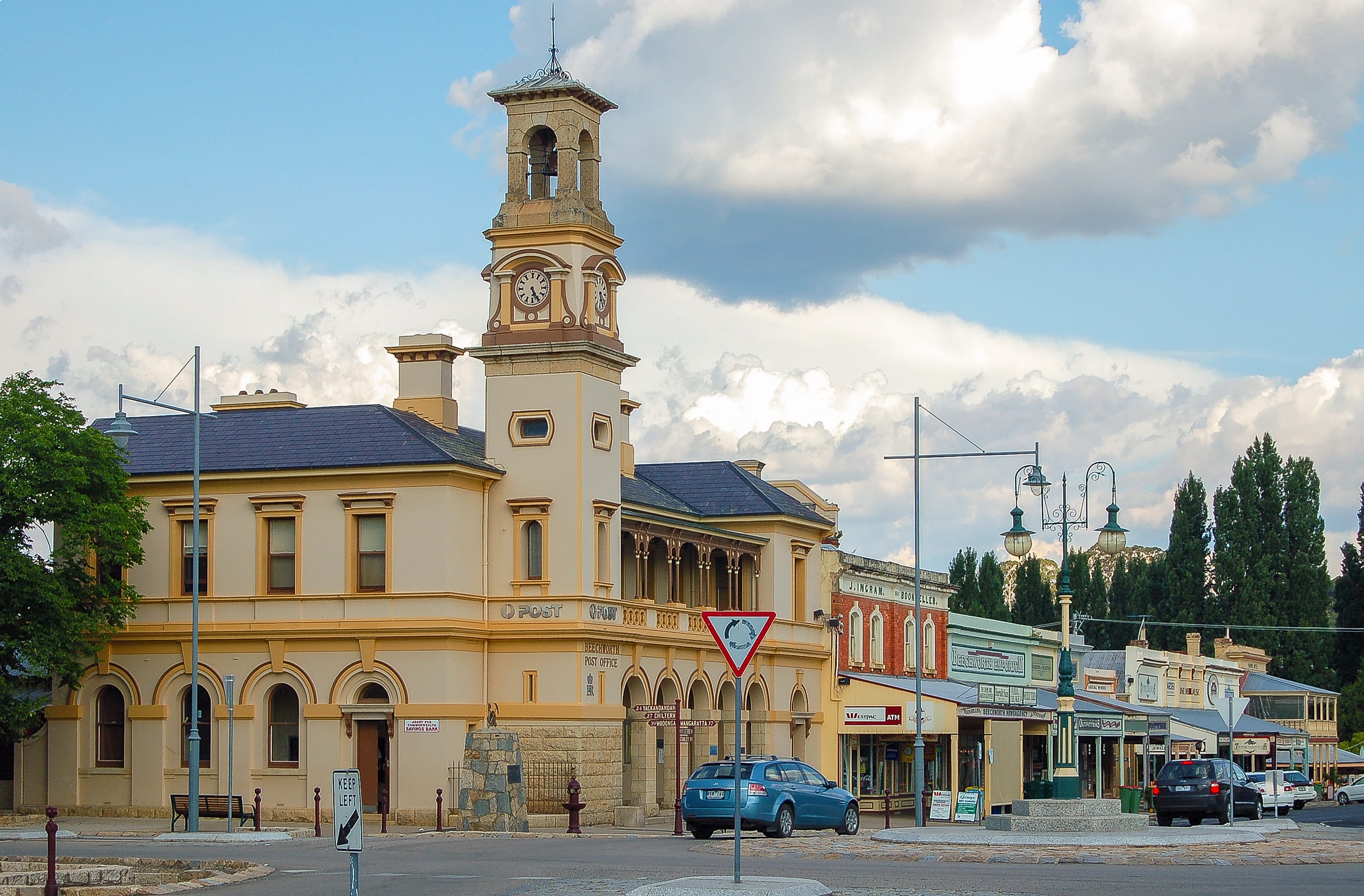
Large public works followed in the 1870s, including the Lake Kerferd Water Works and the railway link with Wangaratta. Industries at this time included a flour mill, sawmills, soap works, tanneries, foundries, breweries, coachbuilding establishments, agricultural and wine production.
Beechworth’s growth continued until the early 1880s, when the mines began to peter out and many of the town’s industries disappeared. Since then, its population has remained at somewhat over 3,000 people. The substantial investments made in the public institutions have since maintained Beechworth’s economic strength, continuing to attract tourists after the gold years up to now.
Tour of Beechworth
Odyssey Traveller visits Beechworth as part of our 16-day escorted small group tour of Victoria for the senior or mature traveller who enjoys learning, whether as a couple or solo traveller. This escorted tour explores an area of central Victoria that is rich in historic houses, gorgeous gardens, and some amazing art. Like other small group tours, this small group tour of Victoria takes you off the beaten track to find the great historic attractions that are found locally. But no Phillip island or Penguin parade on this group tour!
Our small group tour of Victoria for the senior traveller with an interest in Australian history is concerned primarily with the colonial history of the state of Victoria and the impact of Europeans on the region. We will travel a circular route north from Melbourne through Ballarat and Castlemaine as far north as the Murray River, before turning east to Beechworth and then back south again through Benalla and the Yarra Valley, and then, back to Melbourne.
We look particularly at a number of historic houses and gardens established by 19th century European settlers and at the art which they collected and continue to collect and create to this day. It was the gold rushes of the 1850s which ensured Victoria’s initial prosperity and we concentrate our tour on a number of gold rush towns as well as areas made rich by agriculture, viticulture and pastoral activities. A number of the towns we visit on the road, as a day tour, had their glory days in the second half of the 19th century when wealth from mining led to a rush of substantial public and private buildings being built. When the gold ran out a number of the towns slipped into obscurity and were consequently preserved with their Victorian era characteristics intact.
Articles about Australia published by Odyssey Traveller:
- Budj Bim Cultural Landscape, Victoria
- Mildura, Victoria
- Echuca and Murray Darling Trade, Victoria
- Uncovering the Ancient History of Aboriginal Australia
- The Australian Outback: A Definitive Guide
For all the articles Odyssey Traveller has published for mature aged and senior travellers, click through on this link.
External articles to assist you on your visit to Victoria:
- Visit Victoria
- Guide to Victoria
- National Trust Victoria
- 17 of the best Australian wildlife experiences
- Goldfields Guide
- Heritage Buildings of Melbourne
Odyssey Traveller has been serving global travellers since 1983 with educational tours of the history, culture, and architecture of our destinations designed for mature and senior travellers. We specialise in offering small group tours partnering with a local tour guide at each destination to provide a relaxed and comfortable pace and atmosphere that sets us apart from larger tour groups. Tours consist of small groups of between 6 and 12 people and are cost inclusive of all entrances, tipping and majority of meals. For more information, click here, and head to this page to make a booking.
Related Tours
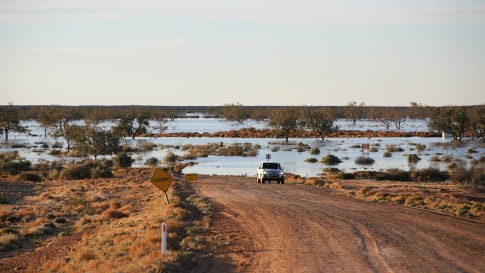
65 days
MarLong tour of Australia for a small group
Visiting New South Wales, Northern Territory
Small group tour for senior couples and solo travellers touring Australia. Travelling through the outback and visiting many of the famous sights as well as off the beaten track locations. Learn about the history of the people who explored the deserts, from indigenous communities to Europeans, as well as Burke and Wills, visit White Cliffs, Marree and far north Kakadu and the Kimberley.
From A$48,995 AUD
View Tour
days
Mar, May, Aug, Oct, Jan +1Small group tour of Victoria for Senior travellers
Visiting Victoria
This 16 day escorted small group tour of Victoria for the senior or mature traveller who enjoys learning whether as a couple or solo traveller explores an area of central Victoria that is rich in historic houses, gorgeous gardens and some amazing art.
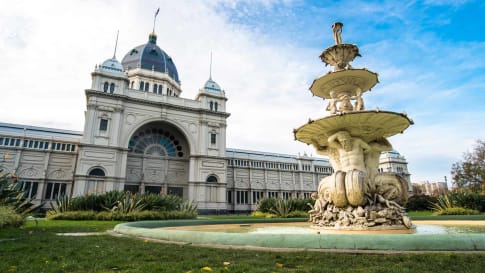
days
Feb, Mar, Apr, May, Aug +3Small group tour of Melbourne
Visiting Victoria
Explore and learn about the Victorian history of Melbourne over a week. For the senior traveller, a small group tour holiday package to Melbourne city, limited to 12 travellers.
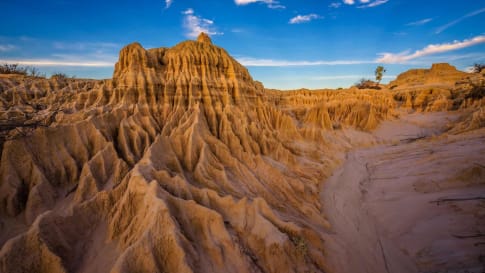
days
Mar, May, Aug, Sep, Oct +2Small group tour of World Heritage sites and more in the Southern States of Australia
Visiting New South Wales, South Australia
Discover the World Heritage Sites of the southern states of Australia travelling in a small group tour. A journey of learning around the southern edges of the Murray Darling basin and up to the upper southern part of this complex river basin north of Mildura. We start and end in Adelaide, stopping in Broken Hill, Mungo National Park and other significant locations.

days
Feb, Mar, May, Jul, Sep +2Guided small group motorcycle tour of World Heritage sites in Victoria and South Australia
Visiting
Discover the World Heritage Sites of the southern states of Australia travelling in a small group tour of like minded motorcyclists. A journey of learning around the southern edges of the Murray Darling basin and up to the upper southern part of this complex river basin north of Mildura. We start and end in Adelaide, stopping in Broken Hill, Mungo National Park and other significant locations.
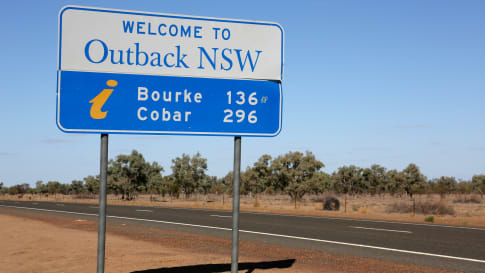
days
Mar, JunSmall group tour of Eastern and Central Australia
Visiting New South Wales, Northern Territory
Small group tour for couples and solo travelers touring most of the Australian territory, travelling through the outback and visiting many of the famous sights as well as off the beaten track locations, giving you the opportunity the explore and meet our people in the most remote locations. Learn about the history of the people who explored the deserts, from indigenous communities to Europeans, as well as Burke and Wills, visit Bourke, Normantown, Charters Towers far north Kakadu, returning back along the Stuart Highway to Adelaide and cross country to Sydney through the Blue Mountains.




